Golf Balls In The Cold And Why Your Golf Balls Behave Differently
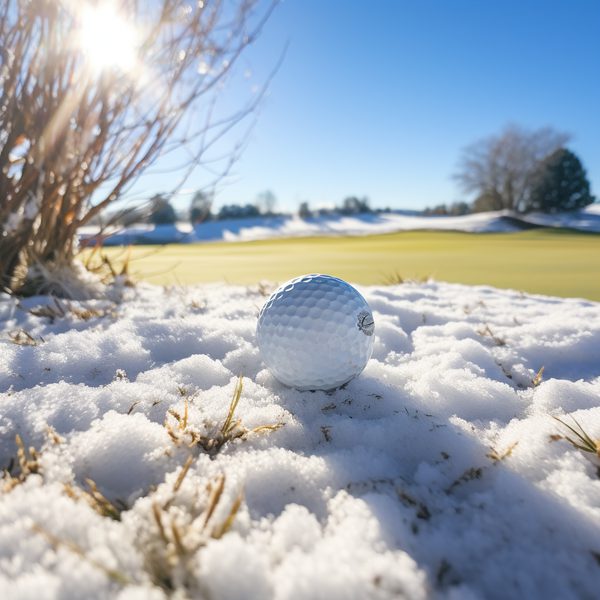
Where the outcome of each swing can be the difference between success and frustration, one often-underestimated factor comes into play: the weather, particularly the temperature. Given the numerous factors influencing golf, many professional golfers delve into understanding how golf balls perform in cold conditions. This article uncovers the comprehension and significance of selecting the correct golf ball to improve performance on the course.
So Why Do Golf Balls Perform Differently in Cold Weather?
In winter golf, the temperature significantly influences golf balls’ behavior. The ball’s core, mantle, and cover become stiffer, affecting spin rates and overall feel. This rigidity can make it challenging to control shots accurately, leading to inconsistencies in a golfer’s performance. So, in cold weather, remember that it may not be you but the cold playing tricks on your balls.
Recommended:
- Teeing Off Green: The Case for Recycled And Used Golf Balls
- Used Golf Balls: The Process From Dirty to Delivered
- How To Select The Best Golf Balls In 2023
- Golf Ball Buying Guide
Understanding Golf Ball Construction
To comprehend why golf balls behave differently in cold weather, we must first grasp the design of a golf ball. Golf ball construction comprises three primary components: the core, the mantle, and the cover.
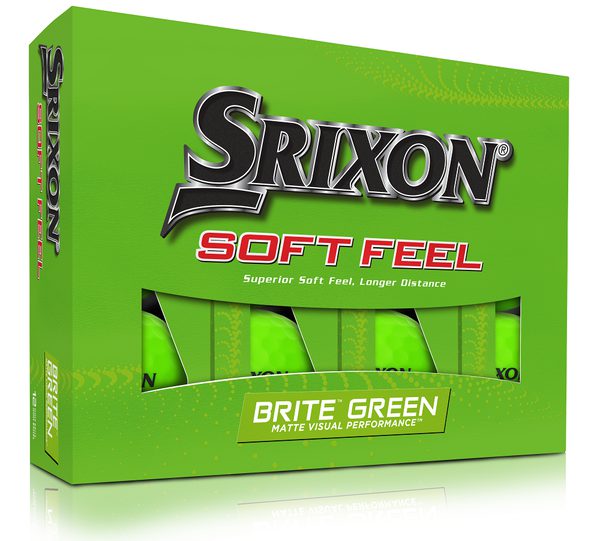
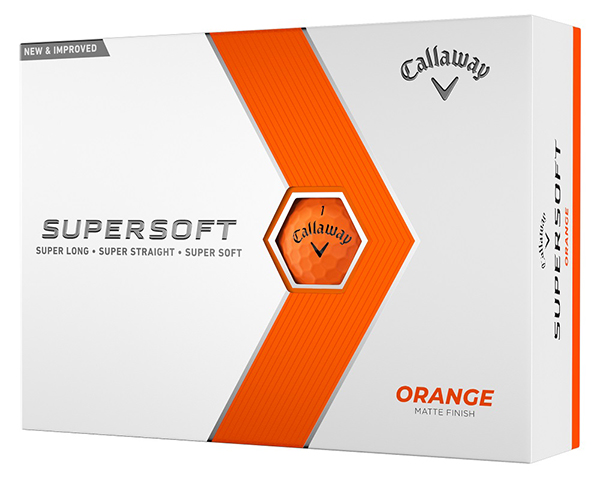
The Core: The Heart of Golf Ball Performance
Positioned at the center of the golf ball, the core plays a crucial role in shaping how the ball performs. Specifically, the materials and how much the core squishes when hit by a club significantly affect how the ball acts.
The importance of the core stems from its ability to determine the initial speed of the golf ball upon impact. When the core is softer, it compresses more as the club hits it, resulting in a faster initial ball speed. Manufacturers frequently experiment with various materials and designs for the core to impart specific qualities to the ball. Some cores are firmer, while others have a softer composition. This variation matters because it caters to different swing speeds and golfer preferences.
Recommended:
- High Visibility Golf Balls: Are They Really Better Than White Golf Balls?
- Golf Balls: The Information You Need to Know
- Used Golf Balls – Should You?
- What’s With Golf Balls Nowadays?
The Mantle: Bridge The Gap
The mantle is like a middle layer that wraps around the core of the golf ball. It acts as a bridge between the core and the outer cover, and it plays a vital role in the golf ball’s overall performance, with a particular focus on controlling the ball’s spin.
The material composition and thickness of the mantle significantly influence the amount of spin generated by the golf ball. Managing the ball’s spin is crucial as it allows you to precisely control its path upon impact. Manufacturers employ a variety of materials for the mantle, each offering distinct levels of flexibility and resilience. These choices impact how the ball reacts when struck by your golf club.
The Cover: Outermost Layer of Golf Ball
Serving as the outermost layer of the golf ball, the cover comes into direct contact with the clubface upon impact. It plays a major role in determining the ball’s feel and durability.
The cover’s dimple pattern is meticulously designed to optimize aerodynamics. Different dimple patterns produce varying levels of lift and drag, significantly influencing the ball’s flight. The cover’s smoothness, thickness, and material composition affect the ball’s ability to maintain a stable flight. These factors contribute to the attainment of precise shot placement and bolster the ball’s ability to resist the impact of wind.
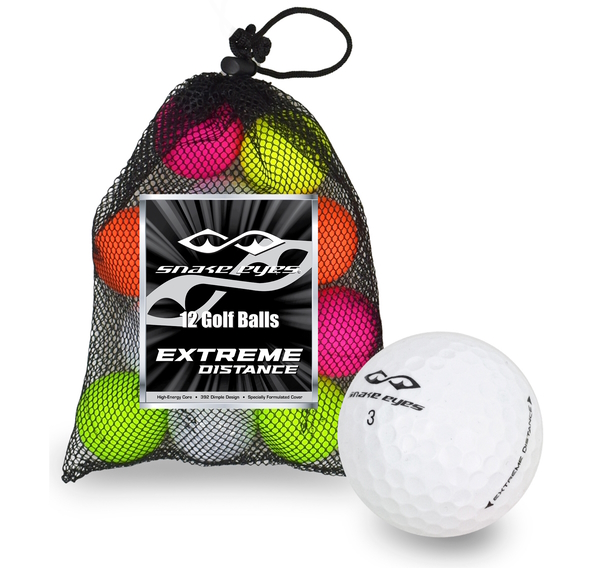
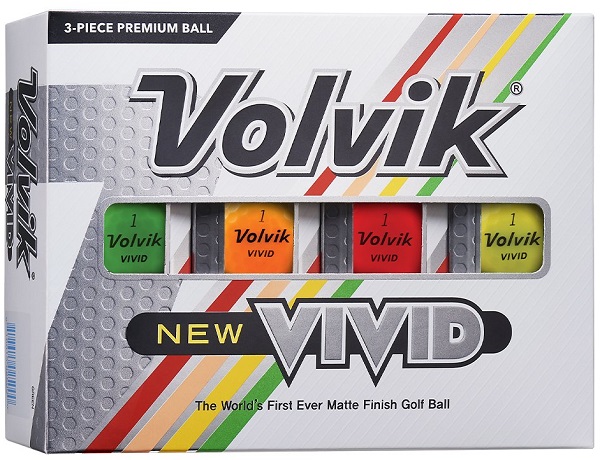
Cold Weather’s Impact on Golf Ball Behavior
With a foundational understanding of golf ball construction in place, let’s now explore how temperature impacts these components and, consequently, your performance on the golf course.
The Chilling Effect: How Cold Weather Alters Golf Ball Performance
To understand the effect of temperature on golf ball compression, let’s consider the concept of compression itself. Golf ball compression refers to how much the ball deforms upon impact with the clubface. In cold weather, lower compression balls become even less compressible due to their inherent properties.
Additionally, cold weather also causes both the mantle and cover of a golf ball to become stiffer. This increased rigidity can have substantial effects on the ball’s spin rates and feel. As a result, golfers may find it more challenging to control their shots accurately, leading to potential inconsistencies in performance.
Selecting the Right Golf Ball for Cold Conditions
Now that we’ve explored how temperature affects golf ball performance, let’s discuss the practical implications for golfers playing in cold weather.
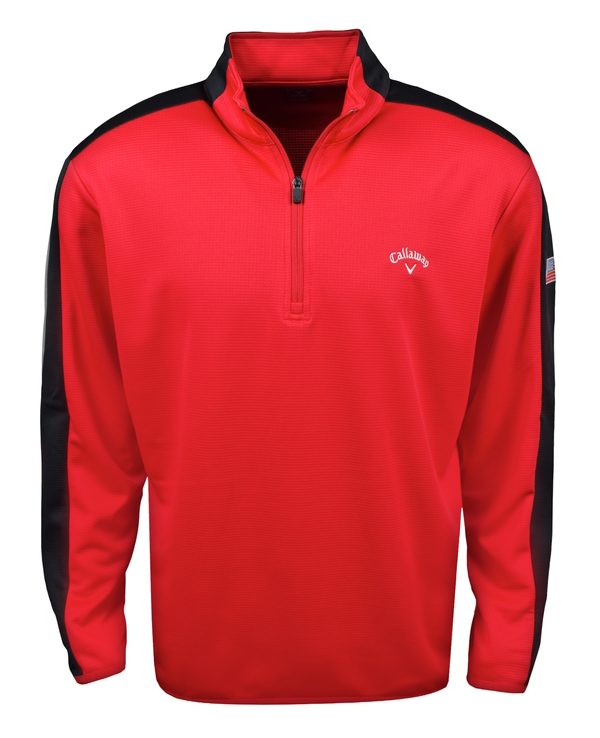
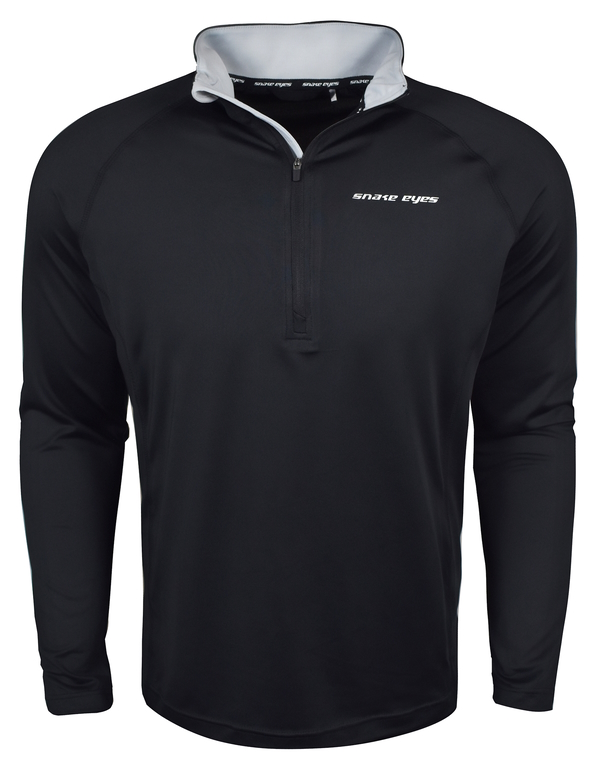
Factors to Consider for Golf Ball Selection
- Core Compression
- Cover Material
- High Visibility Golf Balls
When selecting golf balls for cold conditions, keep the following factors in mind:
Core Compression: In colder weather, understanding how compression affects performance becomes even more vital. For those with faster swing speeds, high-compression golf balls can be a forgiving choice. They tend to maintain their compression better in cold conditions, ensuring consistent distance and performance.
Conversely, if you have a slower swing, consider using lower-compression golf balls in cold weather. These balls are designed to compress more easily, which can help players with slower swings maintain distance and control.
Cover Material: Pay close attention to the cover material of the golf balls you choose for cold conditions. The cover plays a significant role in how the ball behaves, and certain materials excel in colder temperatures.
Opt for golf balls with covers made of urethane or similar materials. Urethane covers tend to perform exceptionally well in cold weather. They provide improved control over the ball’s flight path and deliver a superior feel, allowing you to maintain control even in chilly conditions.
High-Visibility Golf Balls: In addition to compression and cover material, consider using high-visibility golf balls when playing in cold conditions. These golf balls feature bright, eye-catching colors like neon yellow or orange, which make them easier to spot in low-light winter settings.
High-visibility golf balls not only enhance your ability to track the ball’s flight but also help you locate it quickly in snow or under overcast skies. This added visibility can save you valuable time on the course and reduce the chances of losing your golf balls.


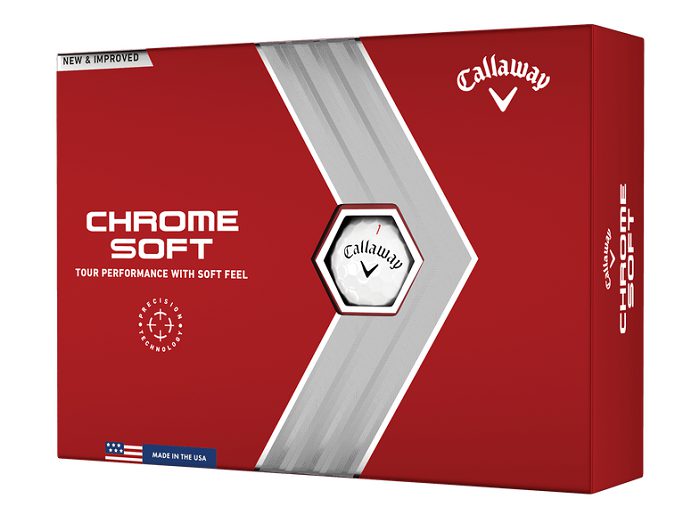
Practical Tips for Playing Golf in the Cold
Playing golf in cold weather presents unique challenges, but with the right strategies, you can still perform at your best. Here are some practical tips to help you excel on the course when the temperature drops:
- Adjusting Your Swing: Colder conditions demand a different approach to your swing. It’s crucial to maintain a smooth and controlled swing to prevent injury. Avoid overexerting yourself, as cold muscles are more prone to strains and discomfort. Focus on maintaining proper form and tempo throughout your round.
- Keeping Balls Warm: Cold golf balls can behave unpredictably and may not perform optimally. To combat this, carry spare golf balls in your pockets or invest in a ball warmer. Keeping your golf balls at a reasonable temperature between shots can help maintain their performance consistency, ensuring you get the results you expect from each swing.
- Proper Storage: Avoid exposing your golf balls to extreme cold, such as leaving them in the trunk of your car overnight during freezing temperatures. Extreme cold can alter their performance characteristics. Instead, opt for indoor storage whenever possible. Keep your golf balls in a temperature-controlled environment, whether it’s your home or a heated storage area at the golf course. This practice helps preserve their intended characteristics and ensures consistent performance, even when playing in less-than-ideal weather conditions.
Final Thoughts
Your golf balls may perform much worse in cold weather because of modifications to compression, cover characteristics, and aerodynamics. You can adjust to winter circumstances and still enjoy your time on the course by being aware of these effects and putting the appropriate techniques into practice.
So, the next time you’re out playing golf on a chilly day, enjoy the challenge, adjust as necessary, and enjoy yourself!
Writer/Editor: Danny Kapp is a passionate golf enthusiast and an 8-year veteran golf blog writer for Rock Bottom Golf, offering his unique perspective on the game. With a keen eye for detail, he covers various aspects of golf, ranging from technical insights to the latest trends in golf equipment and golf technology.


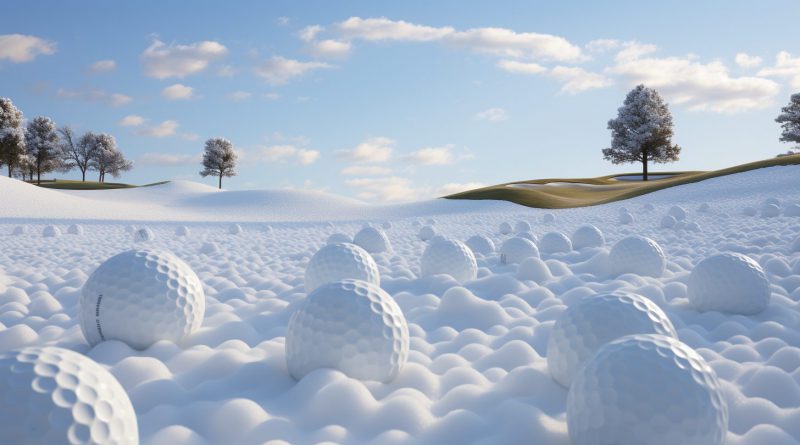





Pingback: How Climate Change is Affecting Golf - Golf Blog | RockBottomGolf.com
Pingback: Haunted Golf Courses: Ghost Stories From The Greens
Pingback: Yoga for Golf: Finding Balance and Power on the Green
Pingback: 8 Golf Video Games On Steam To Get You Through The Winter - Golf Blog | RockBottomGolf.com
Pingback: The Cost of Golf: Breaking Down the Expenses of Playing Golf
Pingback: Guide to Women's Golf Apparel: Create An Instagram Golf Look
Pingback: Technology in Golf: Advanced Golf Balls and Simulators
Pingback: Navigating the Golf Ball Rollback: Implications and Insights - Blog | Rock Bottom Golf